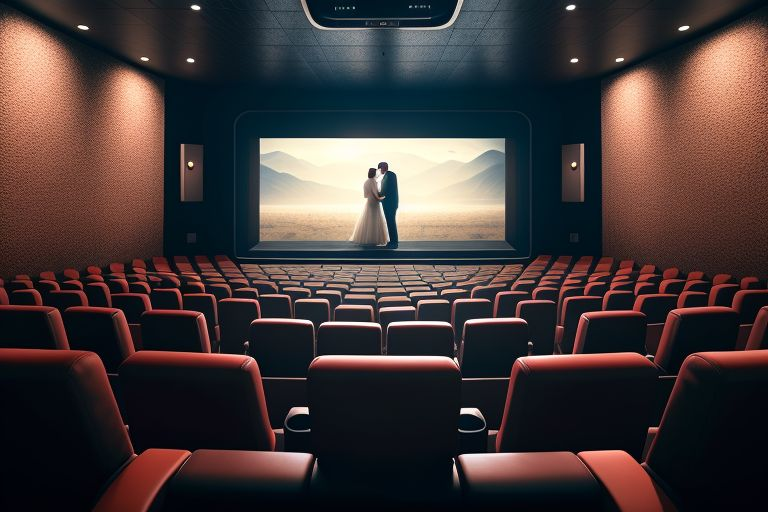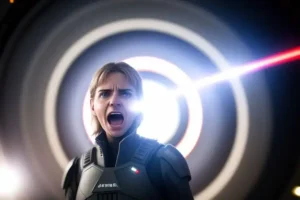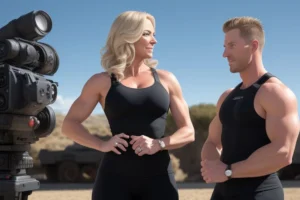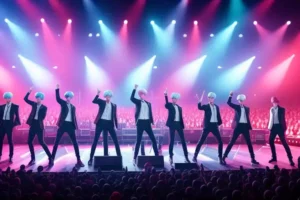Summary:
- Director’s cuts can breathe new life into classics, transforming how we perceive them.
- From the haunting vibes of Blade Runner to the grand scope of Once Upon a Time in America, these versions often fill gaps that leave us feeling incomplete.
- Unpacking these films helps us appreciate not just what was, but also what could have been—or even what should have been.
Director’s Cuts That Improve The Originals: From Blade Runner to Once Upon a Time in America
Let’s be real: directors are like the chefs of cinema. Sometimes they whip up divine drafts, but other times—thanks to studio oversight or, let’s face it, the creative chaos of hard-nosed producers—what’s served up feels a little… half-baked. Enter the director’s cut—that glorious reimagining of a film that promises to rectify studio-induced hiccups and present the original vision of the filmmaker. And let me tell you, some of these cuts are like finding the secret menu at your favorite café. So, buckle up as we dive into the tantalizing world of director’s cuts that not only enhance their originals but transform the viewing experience entirely.
The Magic of the Director’s Cut
Okay, let’s clear the air about what a director’s cut really is. Think of it like a long-form story, unabridged and full of juicy subplots that never made it to the theatrical version. What’s the big difference, you ask? Often, it’s just raw creative control—directors regain the reins to fine-tune their films, add minutes of deliciously rich content, or even correct pacing issues that make your brain hurt.
Key Benefits of Director’s Cuts:
- Enhanced Storytelling: More time means deeper characterization and more intricate plotting.
- Cohesive Themes: Directors can emphasize core themes that may have been diluted.
- Audience Experience: Ultimately, it’s about delivering a cinematic experience that resonates more profoundly.
Let’s dig deeper with examples that’ll make you want to revisit your DVD shelf or hit that streaming service.
Iconic Director’s Cuts That Left Us Breathless
1. Blade Runner: The Final Cut (2007)
Original Release: 1982
Director: Ridley Scott
Notable Changes:
- Voiceover Removal: The original’s noir-style voiceover detracted from the visuals and left audiences unsure about the tone.
- Ending Alterations: The Final Cut provided a more ambiguous and fitting conclusion, aligning better with the film’s themes of humanity and identity.
Table: Key Differences Between Cuts
| Feature | Original Theatrical Cut | Final Cut |
|---|---|---|
| Narration | Yes | No |
| Ending | Opens bright and sunny | Ambiguous |
| Violence | Censored | Uncut |
| Character Development | Lacks depth | Richly detailed |
One of the most frequently cited issues with the theatrical cut is how it somewhat spoon-fed audiences critical plot points, undermining the intrigue of the visuals. In its final iteration, Blade Runner reflects the true complexity of its narrative about what it means to be human and artificial—much like a perfectly made espresso: it’s about depth and richness rather than just surface-level sweetness.
2. Once Upon a Time in America (1984)
Original Release: 1984
Director: Sergio Leone
Notable Changes:
- Restored Footage: The Extended Cut brought back more than 25 minutes of content, enriching character arcs and plot lines.
- Pacing Improvements: Provides a more fluid narrative that allows for emotional connections.
Table: Key Differences Between Cuts
| Feature | Theatrical Cut | Extended Cut |
|---|---|---|
| Runtime | 139 minutes | 251 minutes |
| Character Backstories | Glossed over | Fully developed |
| Themes | Surface level | Deep, introspective |
| Ending Clarity | Confusing | Satisfying closure |
The Extended Cut is no less than a cinematic phoenix, rising from the ashes of its butchered release. You can almost feel the years of labor Leone poured into crafting a sprawling narrative that now feels fully realized. It’s emotional, complex, and downright beautiful—an epic of an era that captures the struggles of friendship, betrayal, and loss.
3. Apocalypse Now: Final Cut (2019)
Original Release: 1979
Director: Francis Ford Coppola
Notable Changes:
- Restored Visuals: Enhanced imagery revives the lush, haunting visuals that made the original such a mesmerising spectacle.
- Pacing Revisions: The edit refines the pacing, sharpening the urgency of the narrative.
Table: Key Differences Between Cuts
| Feature | Original Cut | Final Cut |
|---|---|---|
| Runtime | 153 minutes | 183 minutes |
| Narrative Arc | Diffuse and meandering | Clearer focus |
| Visual Quality | Theatrical visuals | Remastered, improved |
| Themes | War’s absurdity | Deeper exploration of madness |
The Final Cut isn’t just a revision; it’s like a rich, aged wine that reveals more flavors with every sip. And who doesn’t want to luxuriate in the madness of Vietnam through the lens of such a visionary? Each haunting frame resonates with power and asks us questions about war, morality, and humanity—intensifying the visceral impact of the original.
When Cuts Go Wrong: The Dark Side of Editing
Now, let’s not put our rose-tinted glasses on just yet. Sometimes, a director’s cut doesn’t land where it should. It can feel like one too many track changes in a document that was already flawless.
Examples of Director’s Cuts That Missed the Mark:
- Donnie Darko: The Director’s Cut – Adding scenes and explanations that convoluted the original’s mystical narrative.
- Sucker Punch: Ultimate Edition – Because not every extended scene needs to be in the film (seriously, no one asked for more slow-motion).
Why Do They Miss?
- Overindulgence: Sometimes, filmmakers unintentionally overcomplicate a beautifully simple story.
- Loss of Grace: Original cuts often possess a rawness that gets smoothed over with additional layers.
- Audience Expectations: Fans might have cherished an authentic, unique perspective that changes over time.
The Viewer’s Perspective: Why We Crave Director’s Cuts
Let’s take a moment and ponder: why do we, as viewers, pant for these director’s cuts? Is it because we want to understand the visions they had, or are we just thrill-seekers addicted to content?
Research into audience reception reveals that 66% of filmgoers appreciate alternate endings and deleted scenes—now that’s a number that speaks volumes!
The Emotional Connection
- Psychological Satisfaction: Audiences find comfort in seeing the full story, creating a sense of completeness.
- Appreciation of Artistry: Discovering a filmmaker’s intended pacing and details elevates our appreciation of the craft.
The Final Word: A Director’s Cut is Like a Second Chance
In the realm of filmmaking, a director’s cut serves as that elusive second chance—a redo in a space where the stakes are high and audiences buzz with expectations. Whether it’s the haunting beauty of Blade Runner or the sprawling tale of Once Upon a Time in America, these cuts allow us to reconnect with narratives on a deeper level.
So next time you spot a director’s cut on your streaming app or at the video store, think twice before reaching for that original version. You might just discover a richer taste of the story that could leave you pondering long after the credits roll. If films are anything like relationships, director’s cuts are those long conversations that finally allow you to feel seen, heard, and whole.
And hey, if you haven’t already, grab that popcorn and dive into one or more of these director’s cuts for a complete viewing experience—you’d be surprised at what new layers await!
Have Your Thoughts Transformed?
In pondering the nature of storytelling—what are your thoughts on director’s cuts? Do they add richness to your viewing experience, or do they risk muddling the pot? Share your take, and who knows, you just might inspire someone else to give the cut version a chance!



